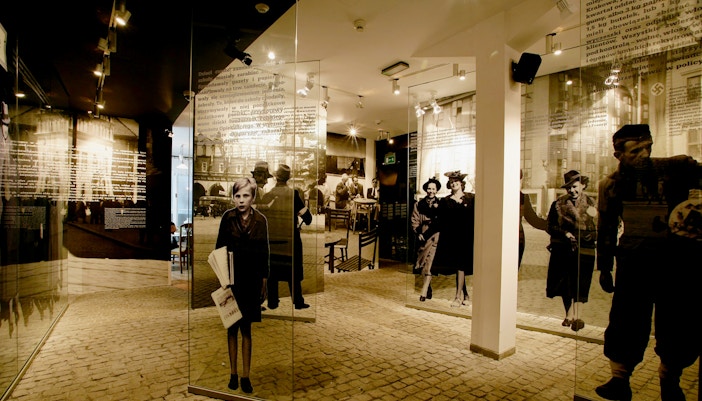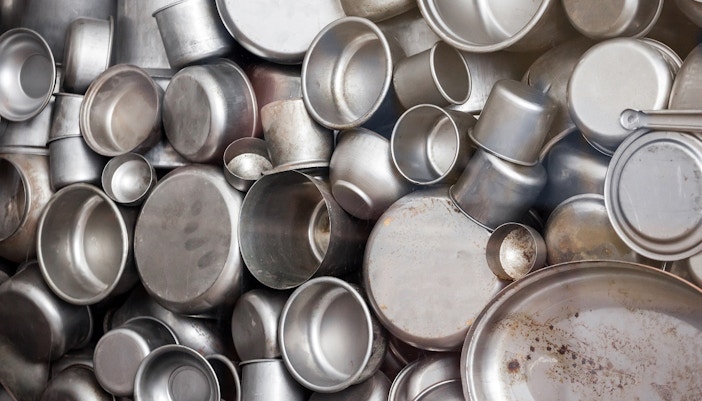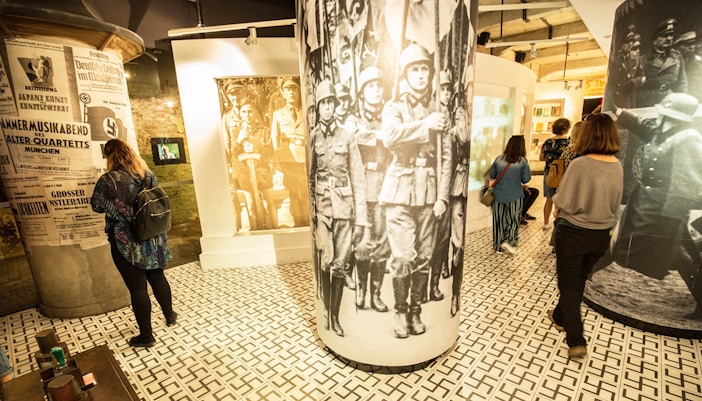Born: April 28 1908
Died: October 9 1974
Occupation: Industrialist
Political Party: Nazi Party
Oskar Schindler’s Grave: Mount Zion Roman Catholic Franciscan Cemetery, Jerusalem
During the Holocaust, Oskar Schindler, a German industrialist and member of the Nazi Party, saved the lives of 1,200 Jews by employing them in his enamelware and ammunition enterprises that came to be known as Schindler's Factory in occupied Poland and the Protectorate of Bohemia and Moravia. Initially driven by profit, Schindler eventually learned to see through Nazi ideology and recognized the misery of the Jews. Schindler's Ark, a 1982 novel, and Schindler's List, a 1993 film adaptation, were both instrumental in venerating him in popular culture.
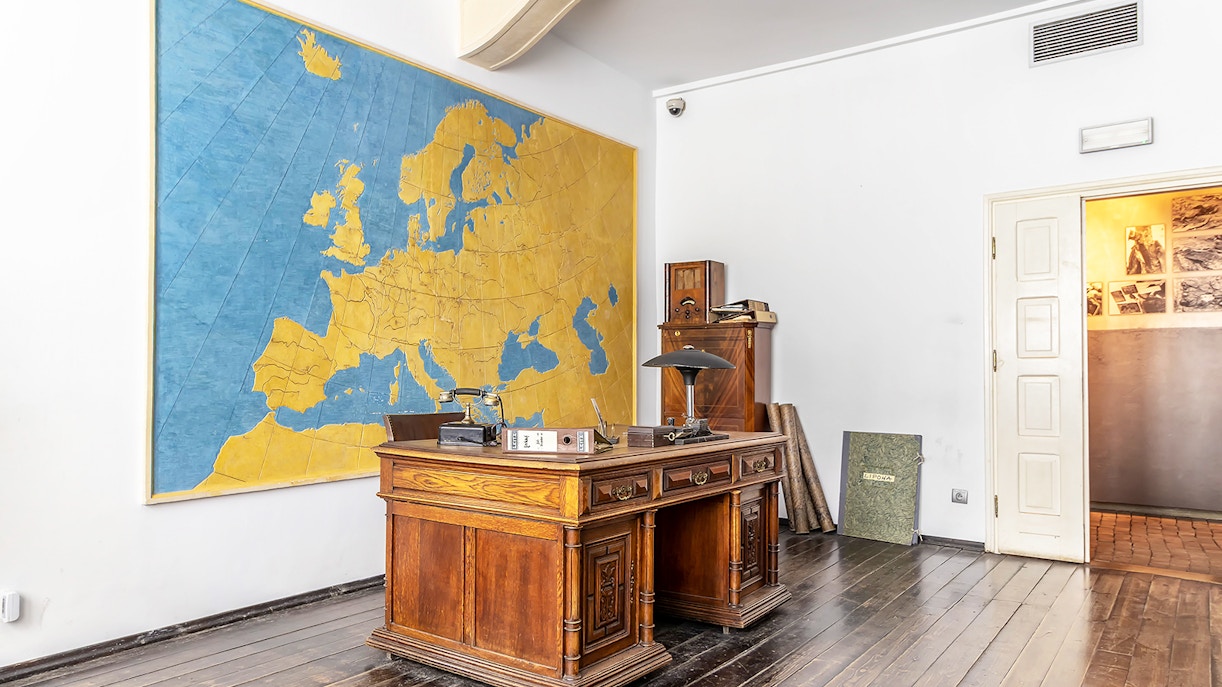
Oskar Schindler's Factory Skip-the-Line Tickets
Oskar Schindler’s Factory Guided Tour
Oskar Schindler’s Factory & Ghetto Guided Tour
Combo (Save 5%): Wieliczka Salt Mine + Schindler's Factory Guided Tour
Kraków Card: Access to 36 Museums & Unlimited Public Transportation
From Krakow: Auschwitz-Birkenau & Oskar Schindler's Factory Guided Tour
Combo: Schindler's Factory Skip-the-Line + Wawel Castle Guided Tour Tickets
Oskar Schindler took over the "Rekord'' enterprise in Zablocie using the power of the German invasion troops as a trustee. He also made artillery shells, therefore his factory was considered an important component of the war effort. He then employed over 1000 Jewish concentration camp prisoners, which led to their life being spared by the Nazi regime.
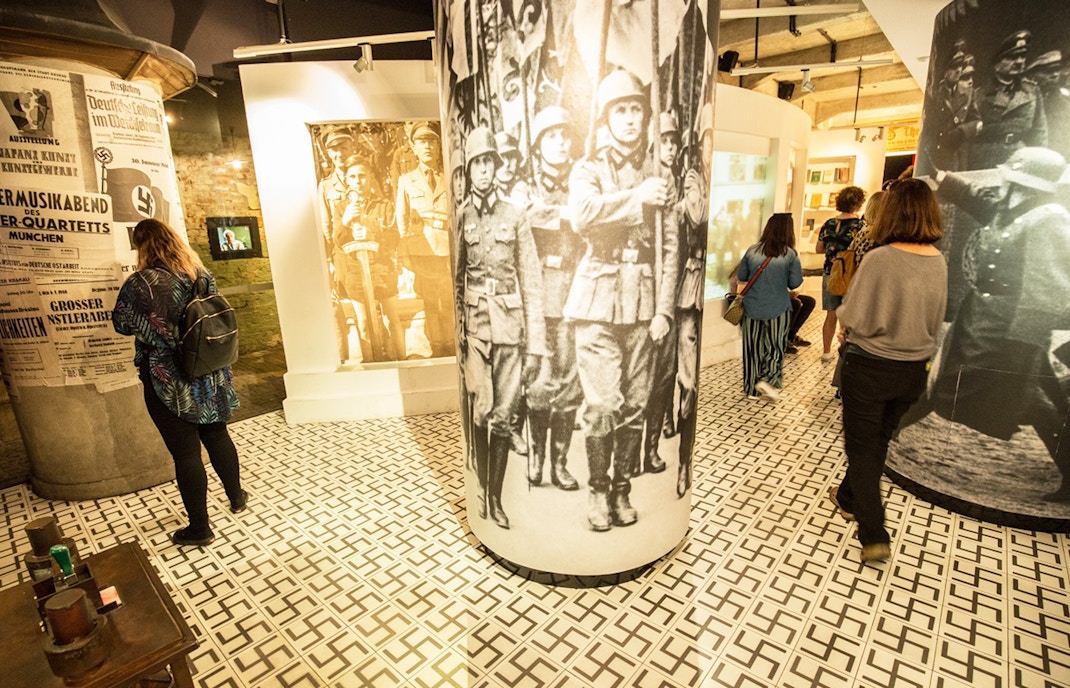
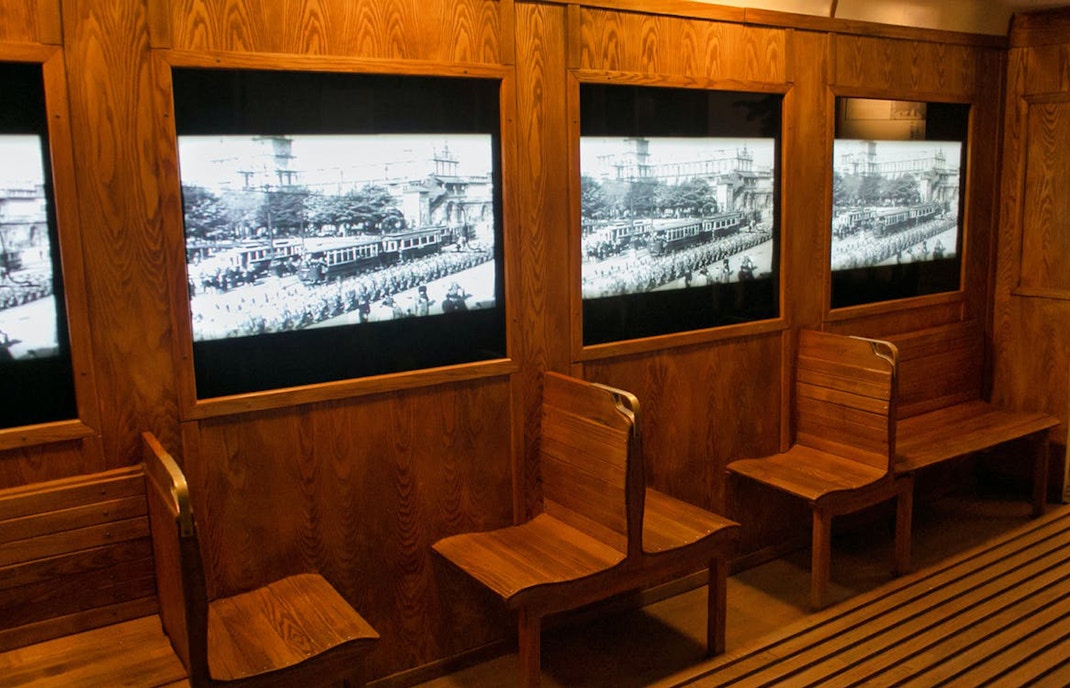
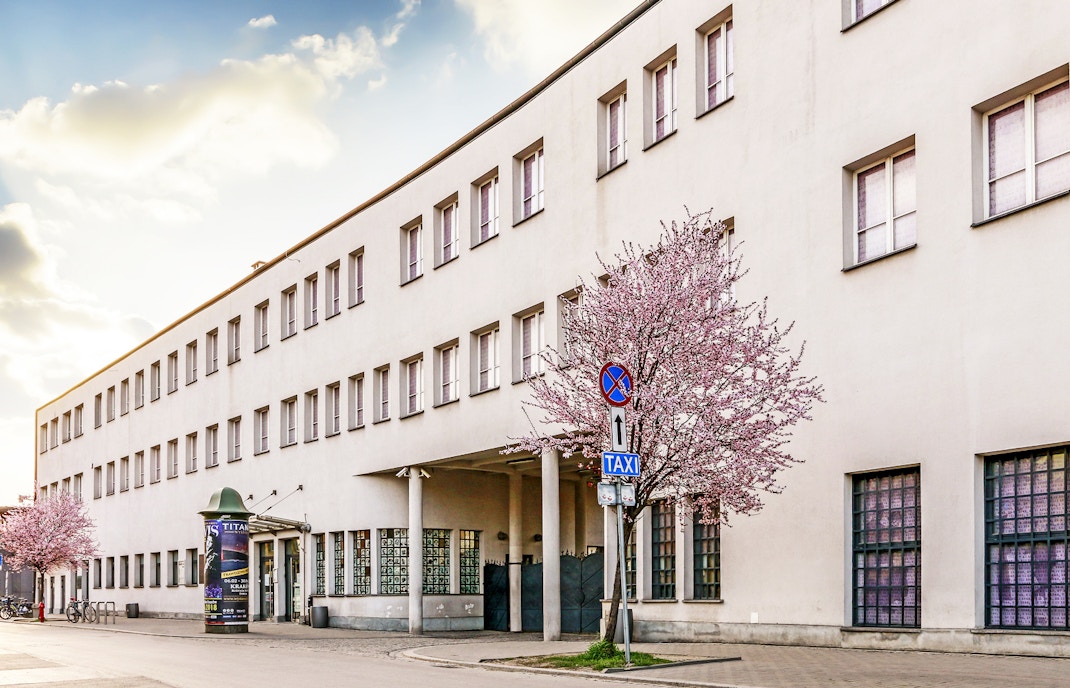
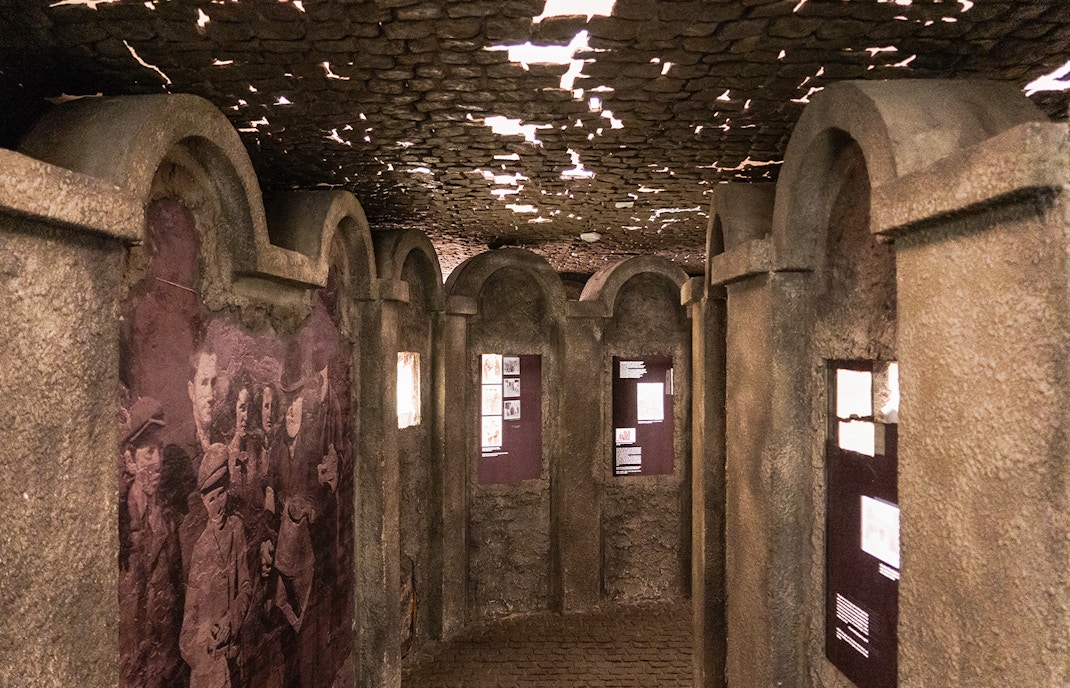
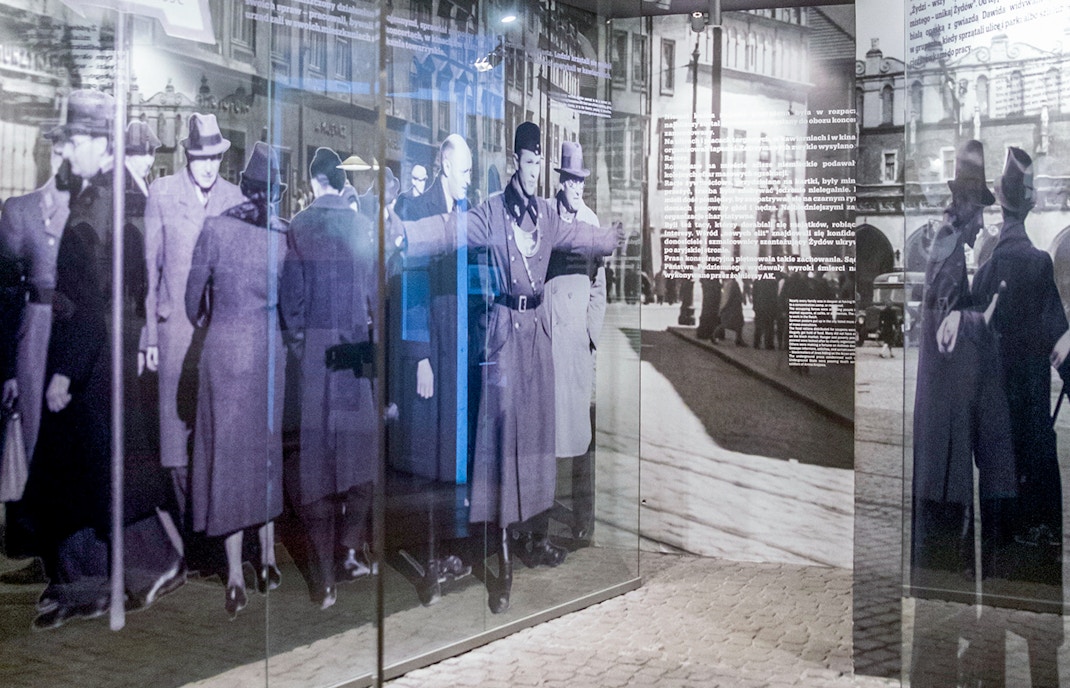
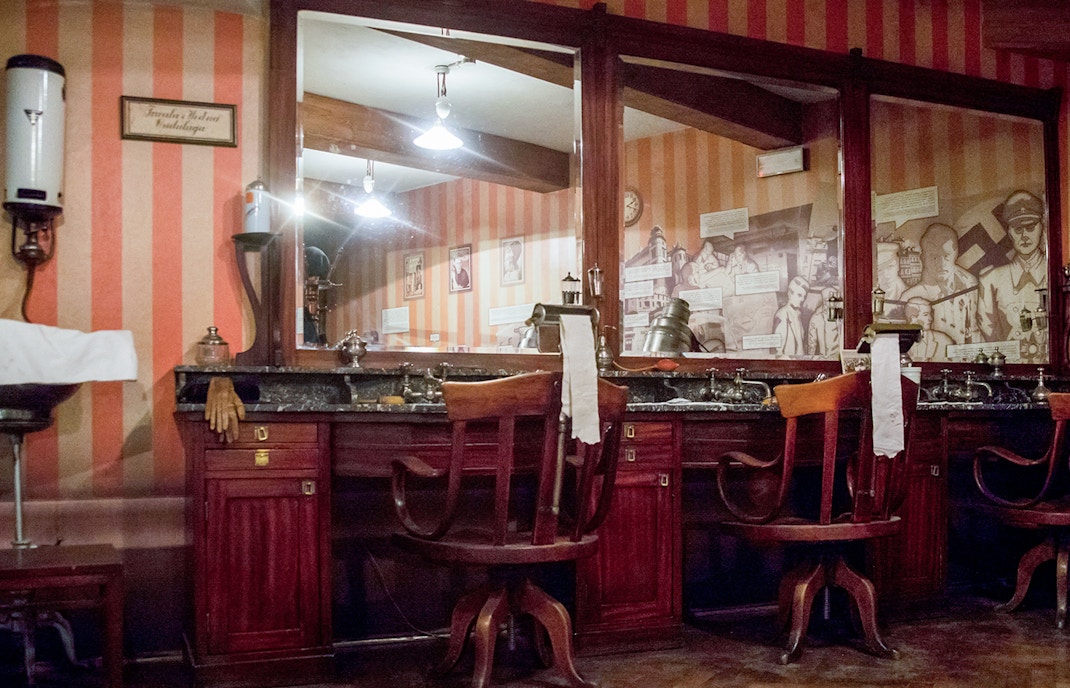
By the conclusion of the war, Schindler had spent his entire income on bribery and black-market purchases of provisions for his crew. He traveled to Regensburg and then Munich on a shoestring budget, but he struggled in postwar Germany. Schindler relocated to Argentina in 1949, where he dabbled with raising poultry and, later, nutria (coypu), a tiny mammal raised for its fur. After the company went bankrupt in 1958, he left his wife and fled to Germany, where he had a string of failed business ventures, including a cement factory.
Oskar Schindler, during World War II, has shown one of the greatest exponents of humanity ever in recorded history. He put himself in great personal danger to rescue and save over a thousand Jewish prisoners who were headed towards a certain and painful demise. He also incurred huge financial setbacks to provide basic amenities to the prisoners. His contribution can not be belittled or forgotten for centuries to come and his legacy will continue to live on as long as the bitter memories of the holocaust.
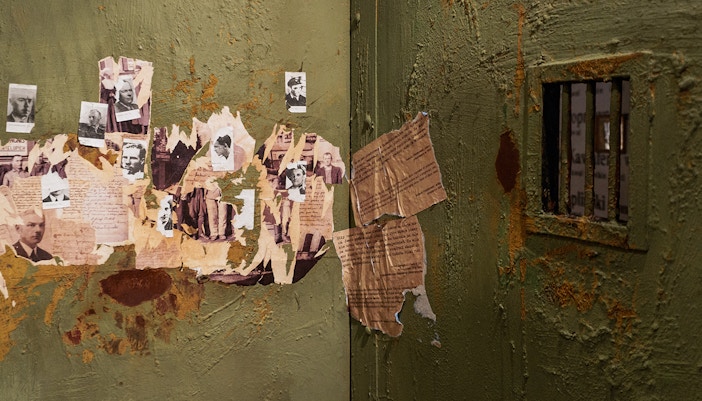
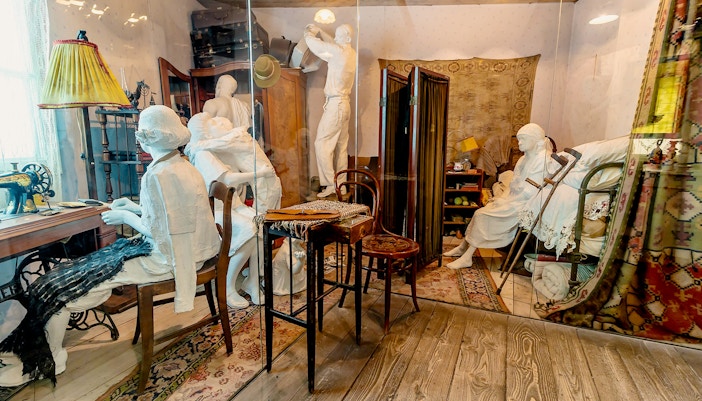
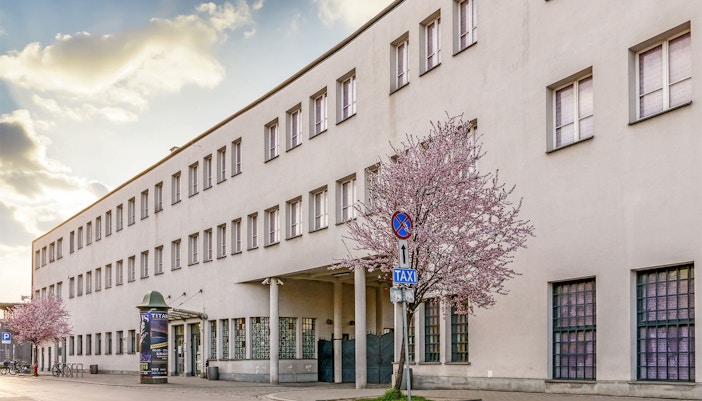
Oskar Schindler was a German industrialist and member of the Nazi Party who is credited with saving the lives of 1,200 Jews during World War II.
Schindler’s Factory is an enamelware and later ammunition factory that Oskar Schindler used as a cover-up to shelter over a thousand Jews from the Nazi regime.
The movie Schindler’s List is based on Thomas Keneally’s novel Schindler’s Ark accounting Oskar Schindler’s life.
During the Holocaust, Oskar Schindler, a German industrialist and member of the Nazi Party, is credited with saving the lives of 1,200 Jews by employing them in his enamelware and ammunition enterprises in occupied Poland and the Protectorate of Bohemia and Moravia.
Oskar Schindler died of liver failure on October 9, 1974. He is the sole member of the Nazi Party who has been buried on Jerusalem's Mount Zion.
Yes, you can visit Oskar Schindler’s factory.
After the war, Oskar Schindler had to leave Germany for Switzerland to avoid being captured by the Red Army. He then claimed reimbursement for his wartime expenditure. Later on, he emigrated to Argentina and started several businesses, all of which failed. He filed for bankruptcy in 1963.
Yes, Schindler’s List is based on the true story of Oskar Schindler.
Oskar Schindler’s grave is at Mount Zion Roman Catholic Franciscan Cemetery in Jerusalem.
